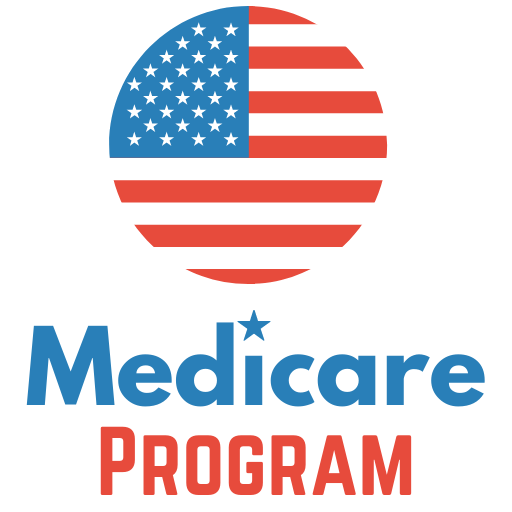
Soon you won’t be able to leave your Medicare Advantage plan
Sometimes Medicare beneficiaries enroll in an Advantage Plan that ends up not meeting their needs.
If you are in this situation this year, you have a few weeks left to do something about it.
During a window that opened on January 1st and closes on March 31st, you can switch to a different Advantage Plan or drop out of your basic Medicare.
“The most common reason people make a change is that they find out … that they’ve changed something about their plan that they don’t like,” said Danielle Roberts, co-founder of Boomer Benefits.
For example, they may have discovered that a doctor they like is no longer online or that a medicine they are taking is no longer covered.
Of the approximately 63.6 million Medicare beneficiaries, about 26.9 million are enrolled in Advantage plans, which offer parts A and B and typically Part D prescription drug coverage, along with extras such as dentistry and vision. However, they have their own cost-sharing structures (i.e., deductibles and copayments) and their lists of covered drugs (and their cost), which differ from plan to plan.
The most common reason people make a change is that they find out … that they’ve changed something in their plan that they don’t like.
The current opportunity to change or drop your Advantage Plan began a few weeks after Medicare’s annual fall enrollment closed, when there were several options available for those who wanted to change their coverage.
However, this window related to the Advantage Plan includes restrictions.
For starters, you can only make one change. This means that once you switch to a different Advantage Plan or leave it for basic Medicare, the change is usually blocked.
“Once you’ve made your choice, you’re in this plan for the rest of the year,” said Elizabeth Gavino, founder of Lewin & Gavino and an independent agent and general agent for Medicare plans.
In addition, this three-month period does not allow you to switch from one Part D prescription-only drug plan to another.
If you chose a Part D plan during the fall-open enrollment period based on faulty or misleading information, you can call 1-800-Medicare to see if your situation allows you to make a change.
In the meantime, abandoning an Advantage Plan in favor of basic Medicare often means losing your drug coverage, which means you should enroll in a stand-alone Part D plan.
This is important because if you spend 63 days without coverage, you could face a late lifetime enrollment penalty that applies to your monthly premiums. This charge is 1% of the national base premium ($ 33.37 for 2022) for each full month that goes without drug coverage.
Also, if you go back to the original Medicare and want to get a supplemental policy (also known as “Medigap”), keep in mind that you may not be eligible for guaranteed coverage. These policies fully or partially cover the cost share of some aspects of Parts A and B, including deductibles, co-payments, and coinsurance. However, they come with their own rules for enrollment.
“In most states, you’ll have to go through the subscription and get approval for a Medigap plan,” Roberts said. “Therefore, it is prudent to apply first to make sure you can get approval before canceling the Advantage Plan.”
Also from January 1 to March 31: If you missed the initial Medicare enrollment period and you have no exceptions, you can sign up during this window. If you’re in this situation, coverage won’t start until July 1st.

Comments are closed.